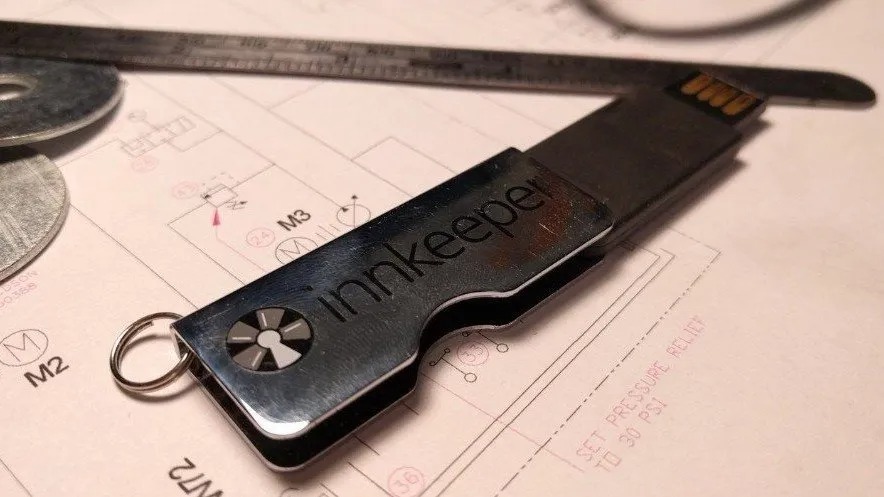Machine downtime is a nightmare for Test Lab Managers. It has an immediate-usually unplanned-adverse effect on revenue. Consequently, wrestling with what to do with aging equipment is a common source of stress that re-occurs every year.
- Is my test machine a good candidate for a control retrofit?
- Will the money saved on a control retrofit be worth the risk compared to just buying a new machine?
- How much planned downtime will I experience?
- How much unplanned downtime might result?
All the above questions are very important and when considering them it is highly recommended that the Test Lab Manager seek several opinions from experienced suppliers. For the purposes of this article, we are assuming that the answers to the first two questions are “yes”.
Unplanned downtime comes in two flavors:
- Outright machine failure prior to retrofit.
- Delays during the actual retrofit process.
A retrofit is, by far, the most cost-effective way to improve your existing lab capabilities, output efficiency, and increase annual uptime. Forming a retrofit plan prior to the machine failing is the most cost-effective way to evaluate the upgrade options and reach a full understanding of what is possible, what makes sense for you and select who you trust to perform the upgrade. Executing the retrofit prior to machine failure could save months of unplanned downtime. However, delaying a retrofit will;
- Never increase capability,
- Never save money in the long run, and it will
- Never increase up-time in the long run.
But while retrofits keep downtime to a minimum, some downtime is inevitable during installation, and it is completely understandable that companies would want to make sure that disruption is kept to an absolute minimum. When planning a retrofit, how does one manage downtime?
A well-coordinated control retrofit requires little actual machine downtime. Its success is a combination of properly selected components, full understanding of the test function and operation, and experienced engineering project management. It is extremely important to
- Select upgrade components with downtime tolerance in mind
- Determine the cut point (the point between existing and new)
- Coordinate complementary suppliers (transducer calibration source, machine movers, building utilities, for example)
An incorrect plan can result in execution delays (read: machine downtime), or worse a poorly designed retrofit that does not adequately address the three main benefits in the first place; increased capability, cost saving, increased up-time.
Obvious up-front questions include:
- What mechanical components are in good shape and what could/should be replaced?
- Should I add/improve data acquisition capability?
- What, if any, are the benefits of upgrading actual machine control methodology?
As you begin taking the steps to starting a retrofit, be sure to discuss your scheduling needs with the company you work with. At Innkeeper, we fully appreciate the importance of getting up and running as quickly as possible after a retrofit and can work with you to make sure your retrofit installation is as unobtrusive as possible.
In addition to helping you plan to minimize downtime, working with Innkeeper on your retrofit comes with other benefits, such as access to InnControl™, a reliable, affordable, and customizable control system that integrates with MicroMaster. Contact us today to start the process.


